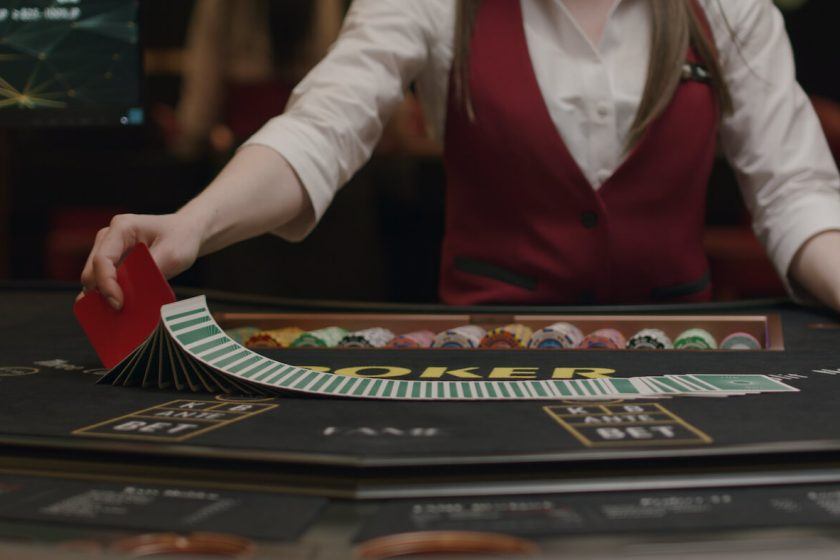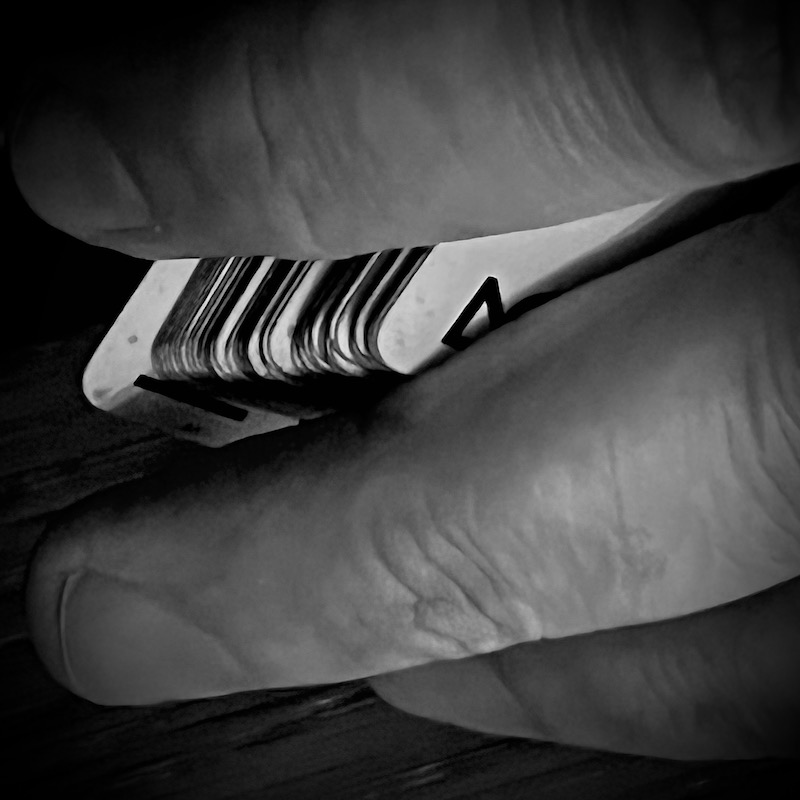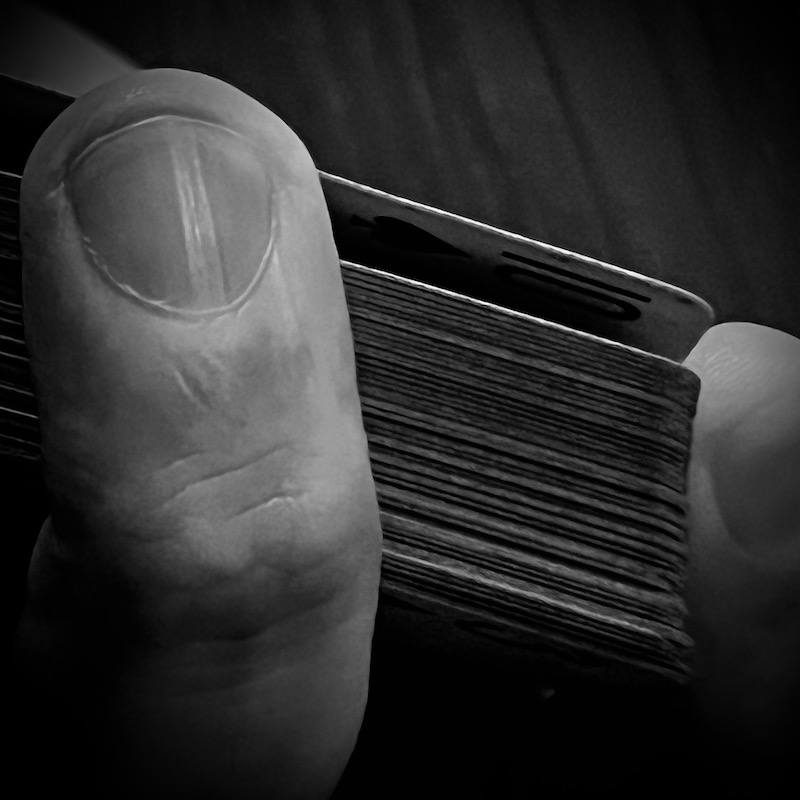Inside Casino Cheating: The Hidden Partnership Between Dealers and Players

R. Paul Wilson On: How Dealers And Players Can Work Together To Steal From The House
Understanding the Power of the Peek in Casino Games
Among cheaters at the casino table, “the peek” is one of the most valuable weapons. Gaining a fleeting look at certain cards can let an individual—or an entire team—control the outcome of hands in games like blackjack or high/low. While casually glancing one’s own cards in a home game is one thing, gaining insight into the dealer’s next move in a casino can turn the odds against the house.
A dishonest dealer can subtly send information about upcoming cards to an accomplice, enabling them to bet heavily at the right moment or signal others in on the scam. These tactics, executed with finesse, can provide the cheaters with a significant and often undetectable advantage.
The Mechanics of Flashing: How Dealers Signal Valuable Cards
“Flashing” refers to the practice of briefly exposing cards so that a collaborating player can see their values in advance and adjust their bets or strategy. In high-stakes games like blackjack, this insight transforms risk into certainty, allowing the player to make winning decisions more often than chance would allow.
For example, by knowing whether the next card is a ten or an ace, a player can safely take a hit or increase their wager, confident that the outcome will be favorable. These moves require practice, with precise timing to avoid suspicion, but history has shown that many have successfully used these techniques for years before being caught.

Flashing cards – a dealer briefly reveals key information during routine handling.
Flashing is often accomplished by manipulating the deck during normal actions, such as picking up finished hands or checking the hole card. Even a tiny sliver of a card’s edge can be read by an experienced partner. What makes flashing so effective—and risky for casinos—is that, unless you’re the intended recipient, these moves are nearly invisible to surveillance or pit bosses.
Adapting Methods: The Many Faces of the Flash
Cheating methods evolve to confuse house security. Dealers and players may switch up the direction of a flash from round to round or table to table. Sometimes, a card is exposed to a player sitting directly beside the dealer, while at other times, it’s shared with a person across the table, who relays the information with discreet signals.
Casinos may train staff to minimize such risk, for instance by instructing dealers to keep the deck close to their chest between deals, but skillful cheaters find new loopholes. Creative flashes might involve slightly lifting cards or separating the deck during critical moments, providing a glimpse of cards further down in the stack.

Strategically revealing a card to the right accomplice can change the outcome of a round.
These tricks, simple on the surface, can yield immense profits if practiced carefully. To further minimize detection, some cheating crews employ multiple players, spreading out winnings and avoiding noticeable patterns. However, bringing more people into the fold increases the risk of someone breaking silence if caught.
Alternatively, cheaters might direct high cards to the dealer to ensure a bust, paying off everyone at the table—an especially easy play when the entire group is complicit, but one that also raises suspicions for obvious reasons.
Old School Tactics: How Manual Shuffling Enabled Scams
Before the widespread use of shuffling machines, hand-shuffling routines created ample opportunities for collusion between dishonest dealers and their partners. Some would memorize clusters of cards (known as “slugs”) being shuffled and ensure they stayed together at the top of the deck.
Seated at strategic positions, usually at “third base” (the last seat before the dealer), an observant partner could watch as cards were melded together, memorizing stacks as they re-entered play. The shuffling process—pulling cards from two piles and combining them into a third—could be manipulated so that known slugs remained on top, waiting for the next deal.
Carrying back cards between stacks, rather than mixing them evenly, allowed dishonest staff to preserve groups of cards. While repeated patterns might alert security upon review, flashing only the top few cards gave these teams more subtle control, enabling them to bet heavily or ensure a dealer bust when those cards entered play. The crew would then alternate between scammed and honest rounds to avoid drawing unwanted attention.
Although modern shuffling machines have curtailed many of these classic techniques, new vulnerabilities continue to arise—some involving simple tricks, others using technology or unnoticed flaws in machine design.
Dealing Shoes: A New Frontier for Flashes and Peeks
Not all card exposure takes place during dealing or shuffling by hand. Some cheating operations leverage specialized dealing shoes—plastic or metal devices used to dispense cards—that inadvertently reveal the next card to an attentive dealer or player. Remarkably, some of these vulnerabilities exist in unmodified, factory-issued shoes, present on casino floors worldwide.
These design flaws allow a trained cheater to glimpse the upcoming card and signal their accomplice, creating opportunities to manipulate bets with shocking accuracy. While the details of gaffed or altered shoes are a topic on their own, it’s clear that even legitimate equipment can be exploited if a team knows what to look for.
As casino security improves and new technology is adopted, cheating strategies may fade, but they are seldom gone for good. New angles and overlooked weaknesses ensure that the battle between casino security and scammers is an ongoing game of cat and mouse.
Conclusion: The Evolution of Casino Cheating Schemes
The partnership between crooked dealers and savvy players remains one of the greatest threats to casino table games. Whether through subtle flashes, memorized slugs, or exploiting imperfect equipment, those seeking an edge continually adapt to the industry’s latest safeguards. While technology can close some doors, history shows that determined cheaters are always searching for the next way in. For casinos, the lesson is clear: vigilance, adaptation, and constant review of procedures are essential in staying one step ahead of those who would tilt the odds.









